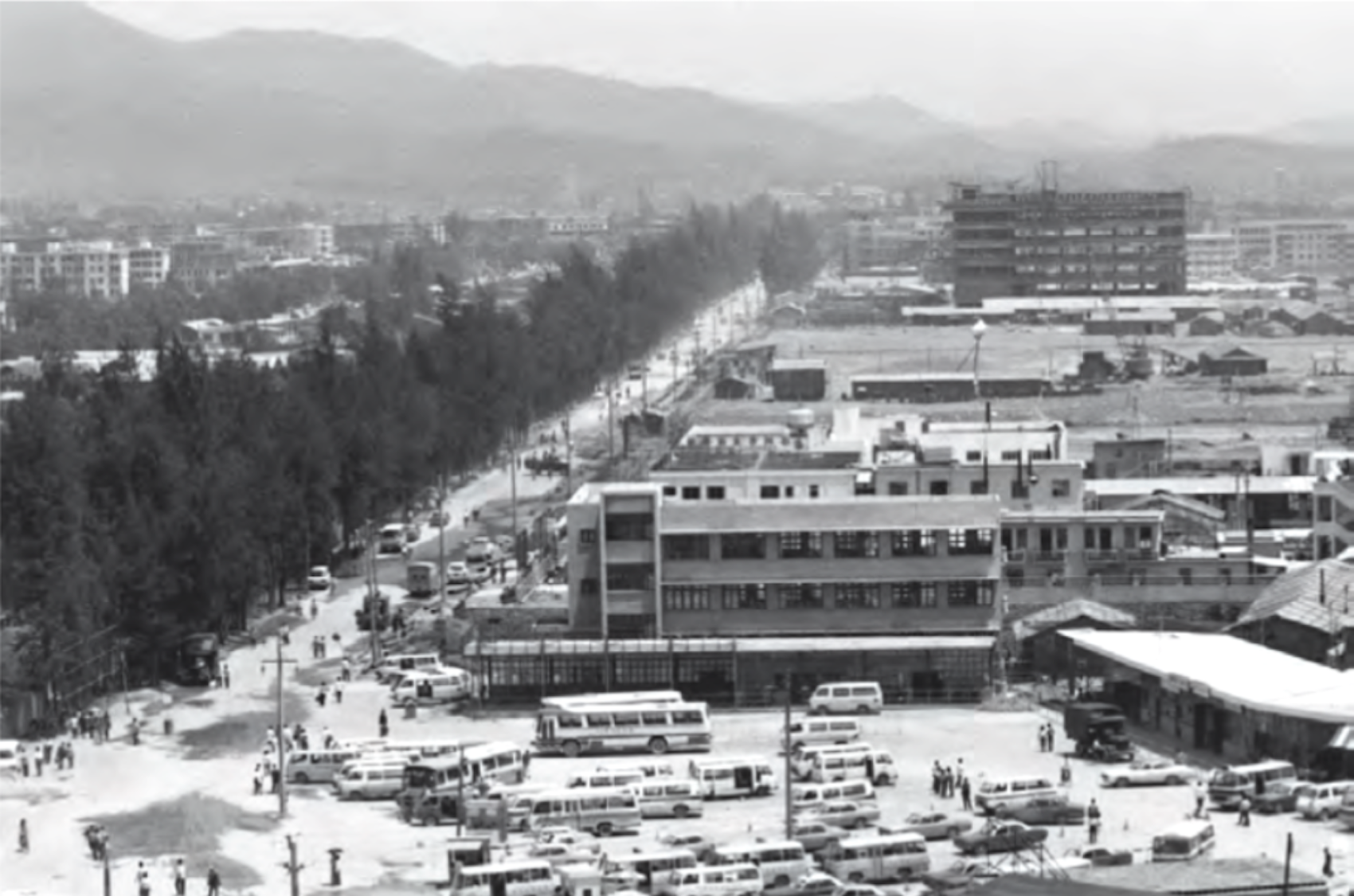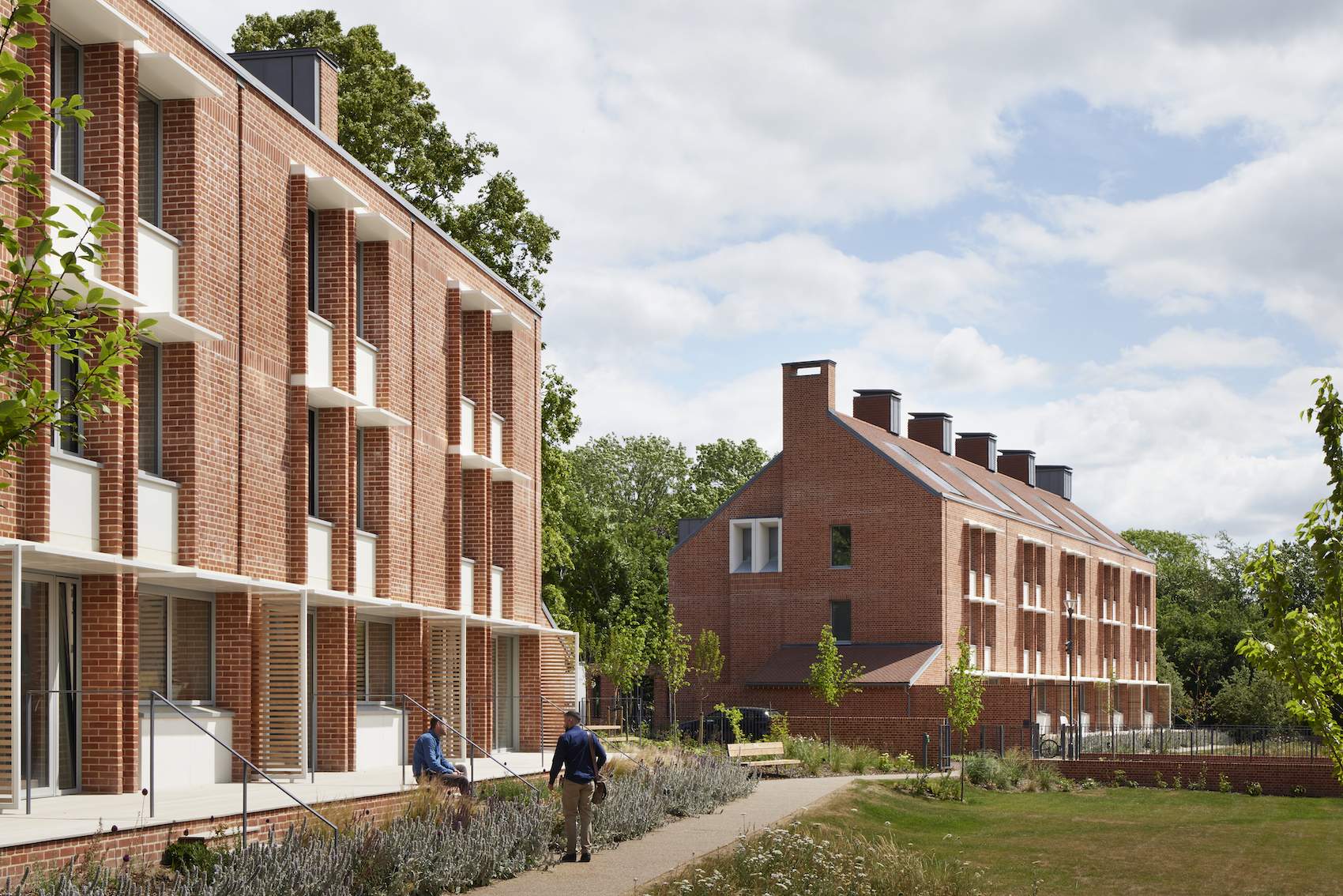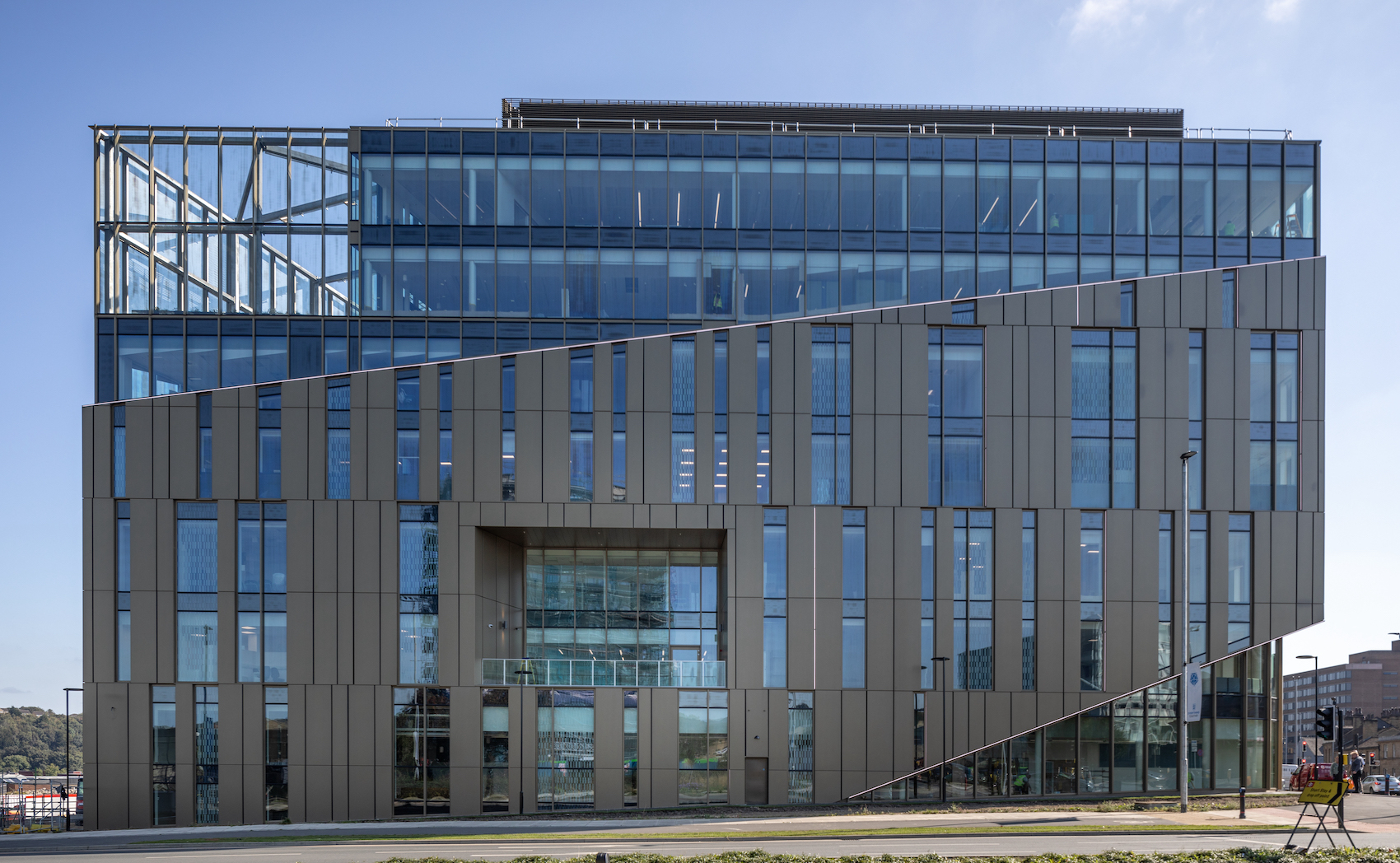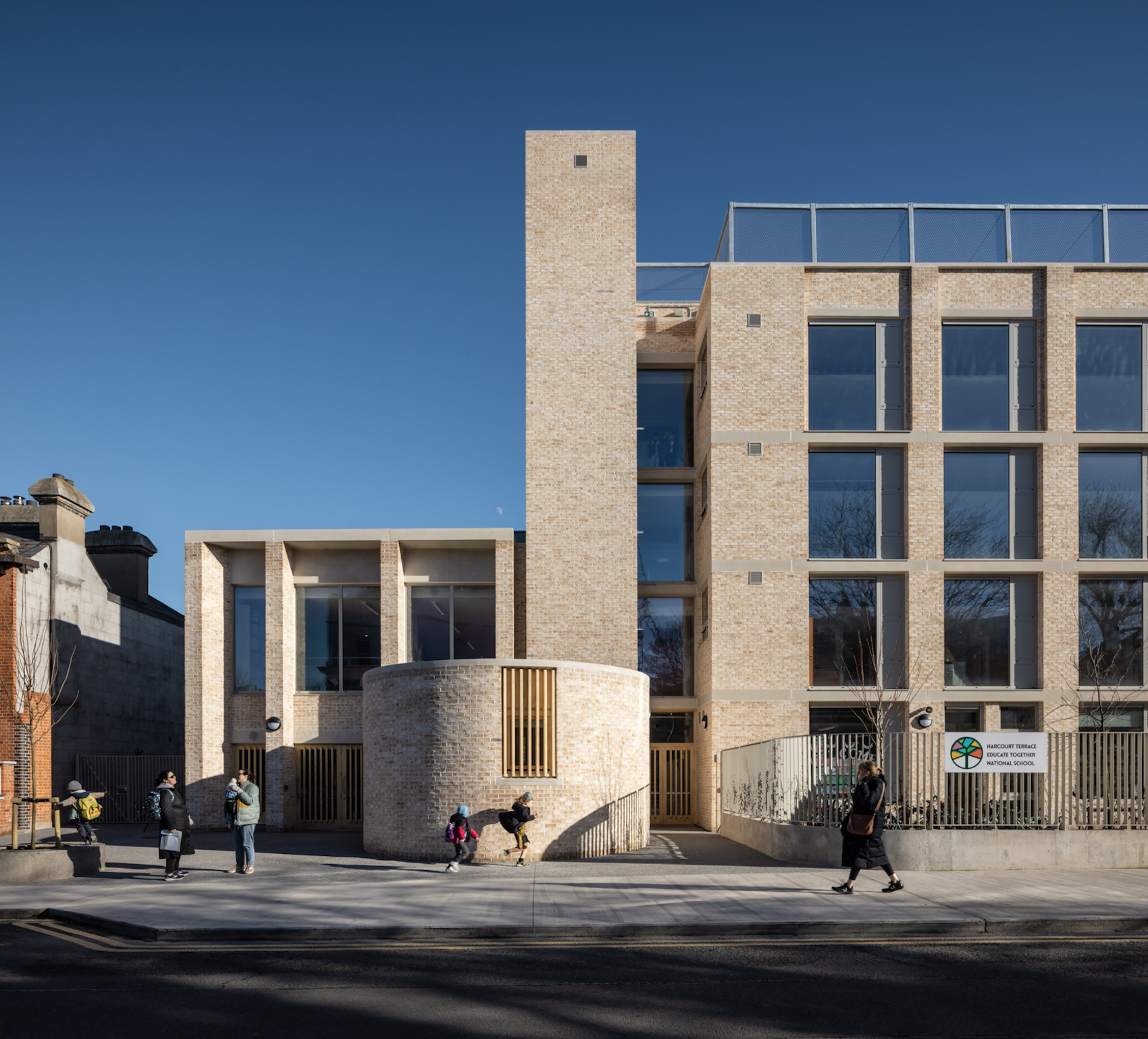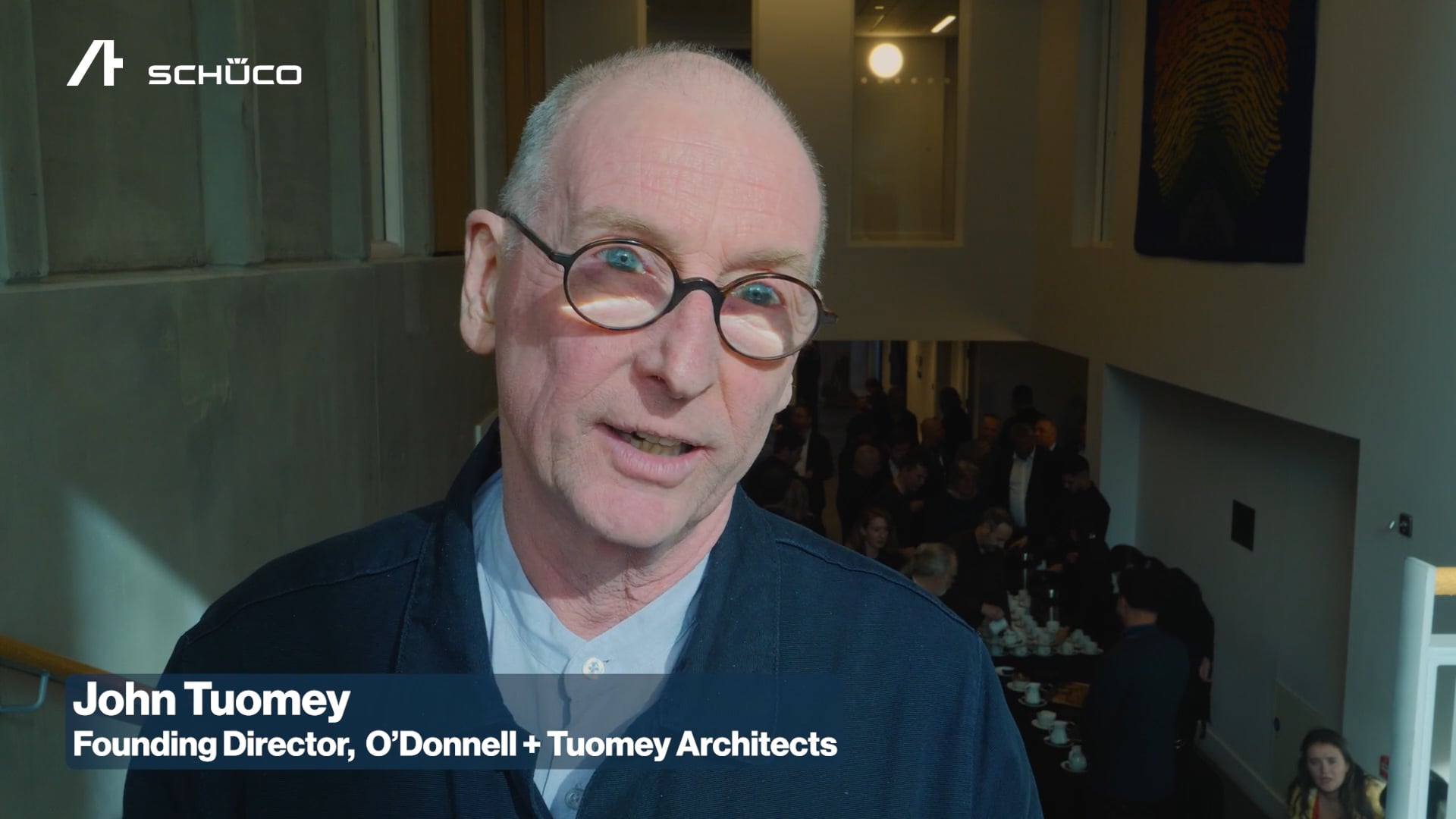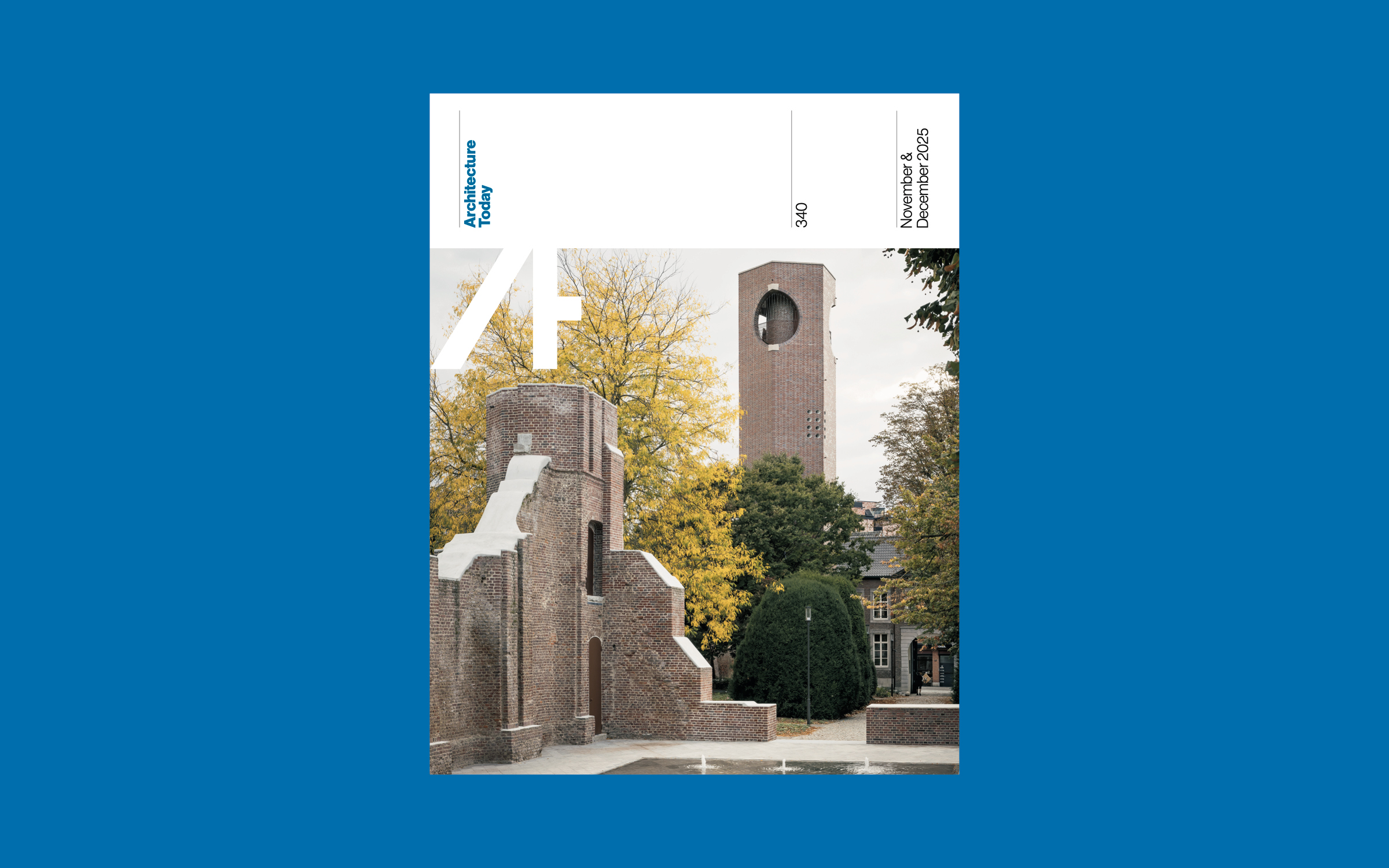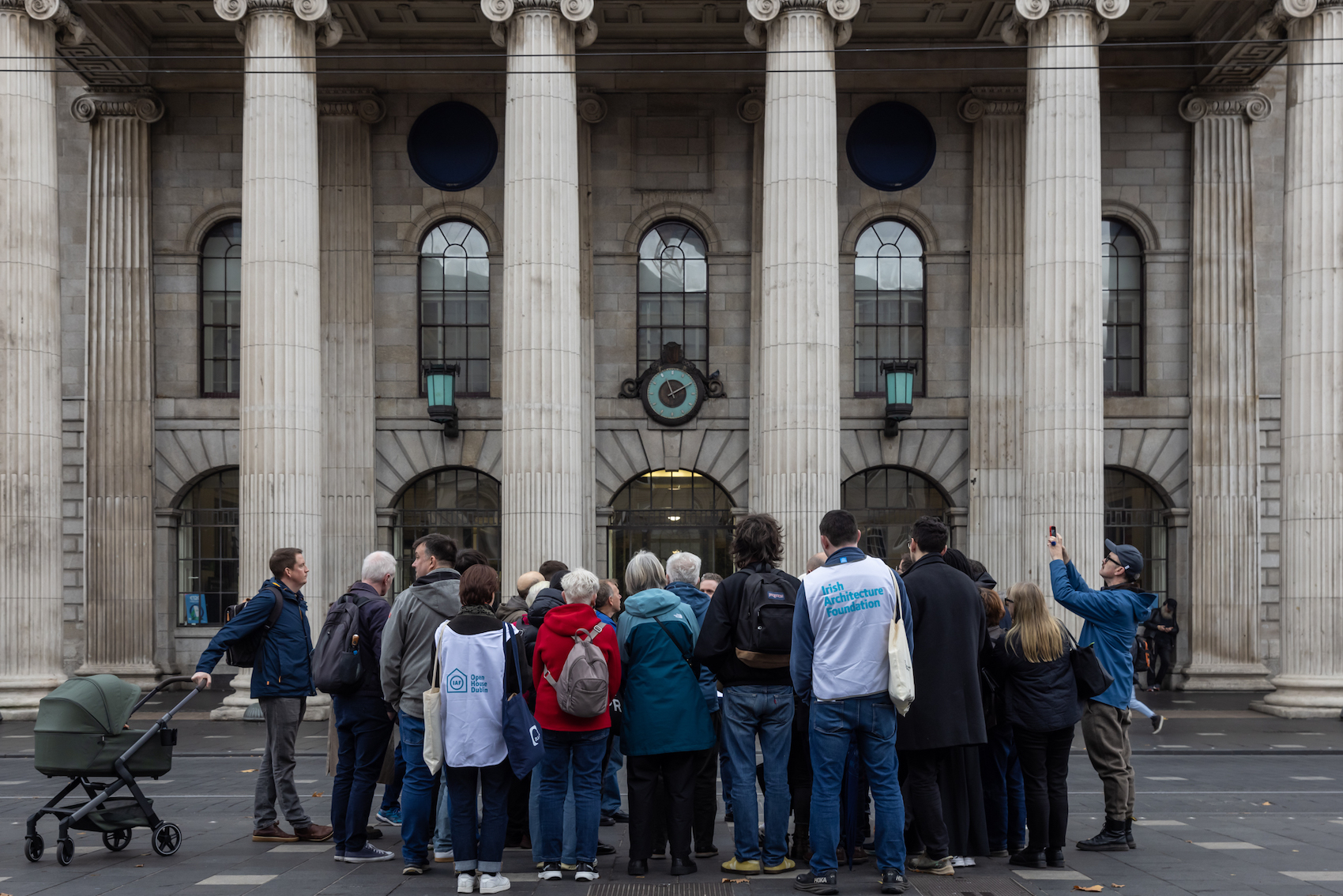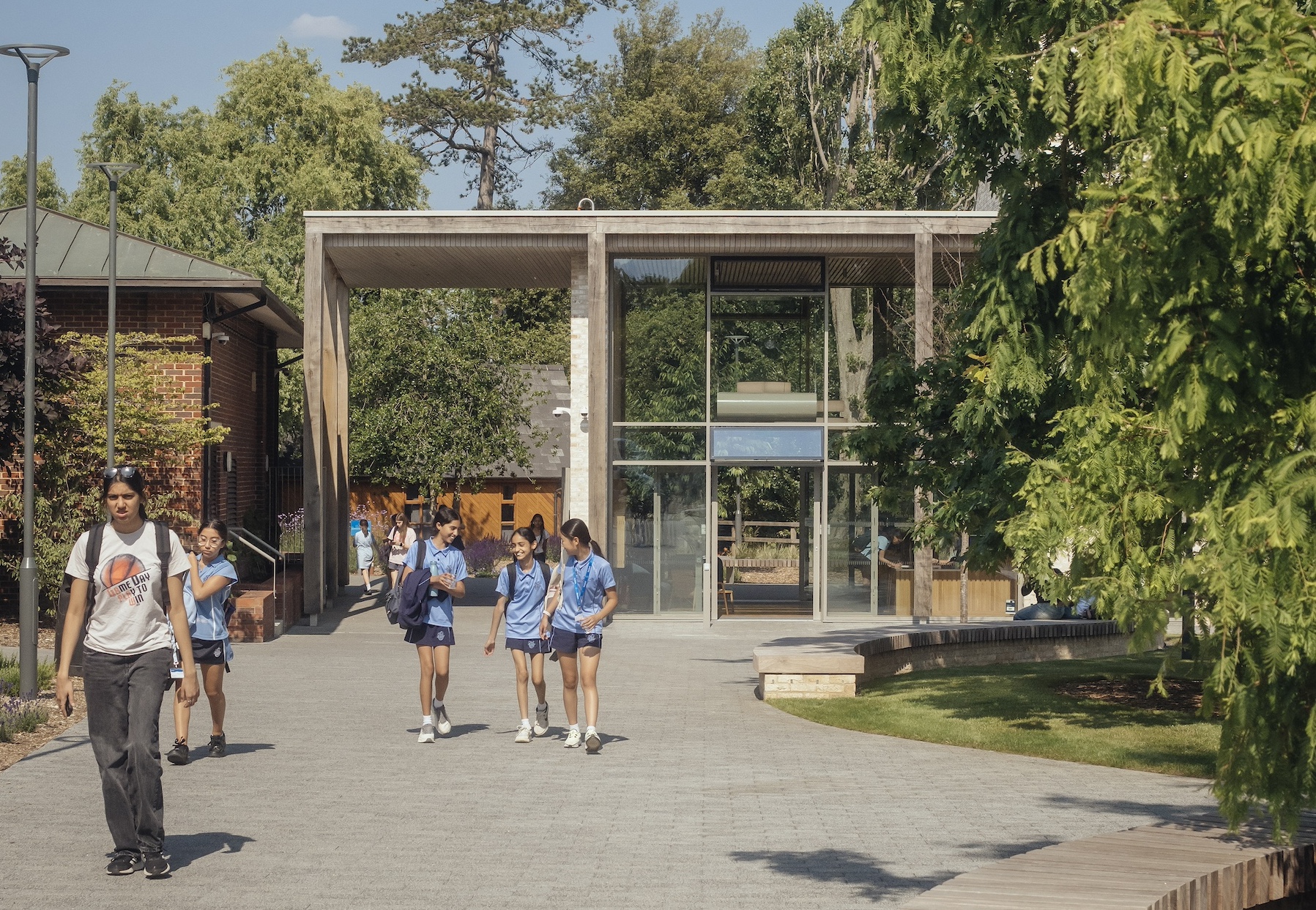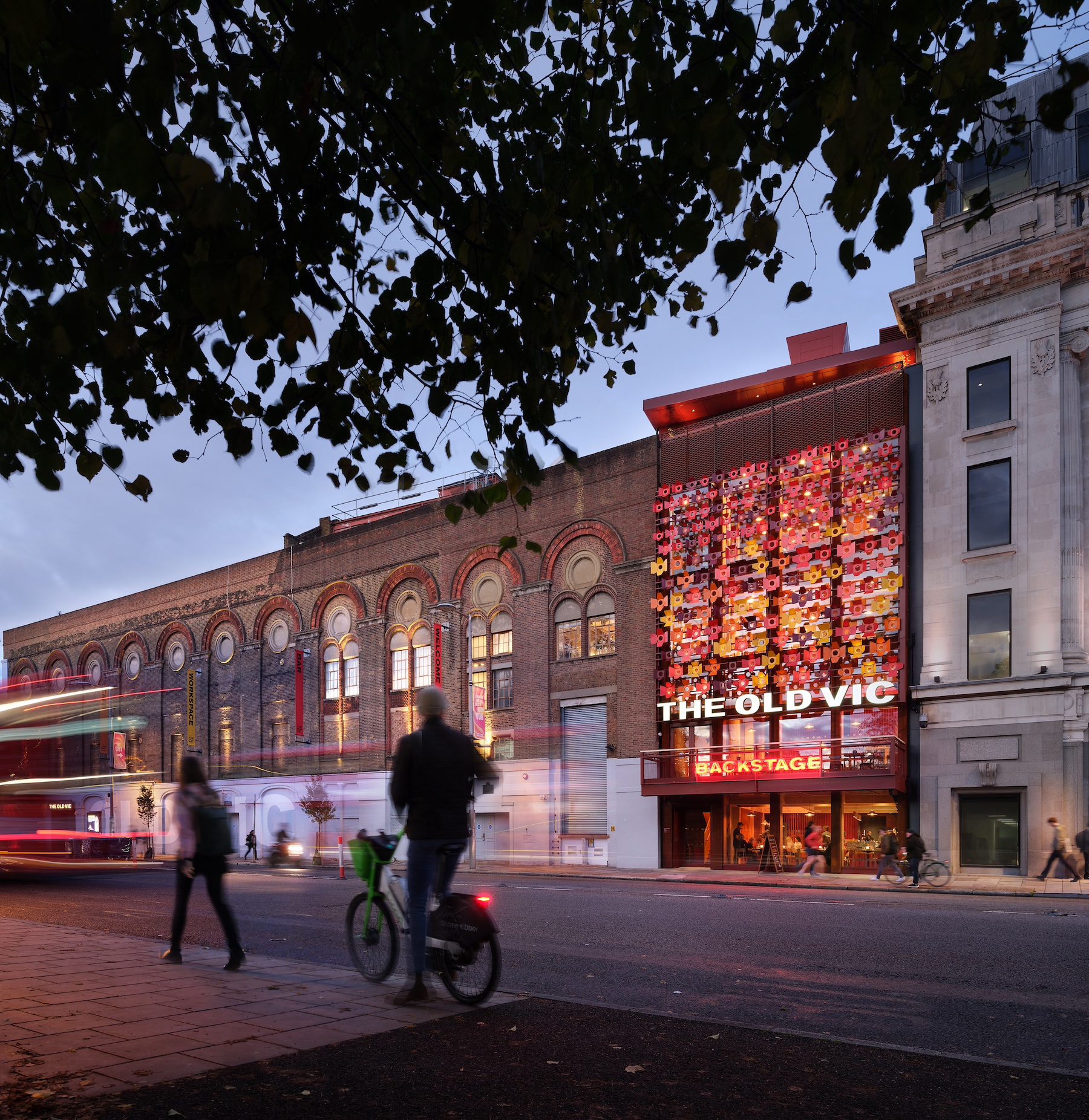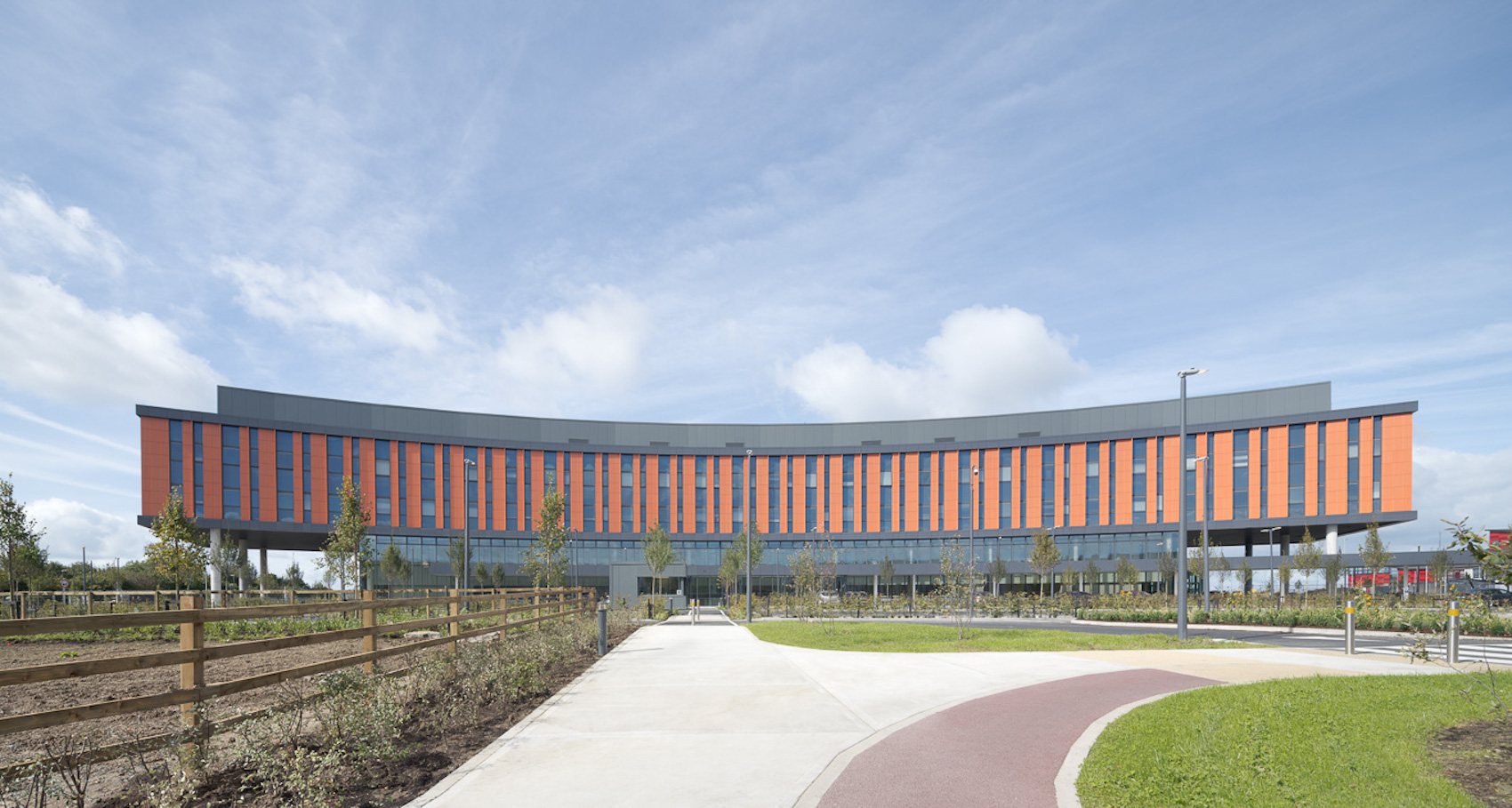For Rachel Hoolahan of Orms the transition to regenerative design calls for systems thinking coupled with a willingness to try new things, learn from mistakes, remain optimistic and celebrate the wins.
Rachel Hoolahan (left) with colleagues Sacha Clark, Rufus Burridge and Simon Whittaker at 1 Hanover Street in Mayfair, London, a Grade II-listed office building which Orms is refurbishing and extending for The Crown Estate. Orms is returning the original ceiling tiles back to SAS, who will refurbish and resell them through a programme it has developed with Orms’ support.
What’s the first step towards adopting regenerative design in practice? Do one thing differently. For years, it was ‘can we reuse the ceiling tiles?’ What we’re seeing now is that it’s starting to snowball. All these small projects have paved the way for success on a larger scale. Doing one thing differently is a great starting point.
For smaller practices, start small. We spent one hour every month thinking about what sustainability meant for our practice. Just create that time to identify areas in which you might have potential impact. For us, it was always reuse.
You have to have a sense of optimism. Otherwise you wouldn’t get out of bed in the morning. Trust me, we have those days. But staying positive means celebrating the wins, shrugging off the losses and saying “how can I learn from this for next time?”.
There is a preconception that regenerative buildings feel ‘recycled’. When people visit our office I often ask if they can spot the reuse. They never can. It’s polished. It’s high-end, and the chairs are 35 years old!
I don’t think we’re going to change the world by fighting the businesses that already exist. We need to hold their hands and help them evolve their business models into a circular approach. As an architecture business, it means we continue to get their support in traditional ways, but get offered a different product; a reused product.
Systems thinking is inherent within regenerative design; understanding the systems within which we operate and finding the leverage points where we can tip it towards a system for good.
Our current passion project is stone. We see so much stone waste, particularly in interiors. We’re starting by understanding the supply chain and finding collaborators. Who can the stone be returned to? Who can stock it once it’s repaired?
The next few years are about learning. Trying something differently, then trying again. I joined Orms eight years ago and moved into a full-time sustainability role in 2020. There is so much momentum. I feel like we are on the cusp of major change.
Rachel Hoolahan
Orms
London EC1



